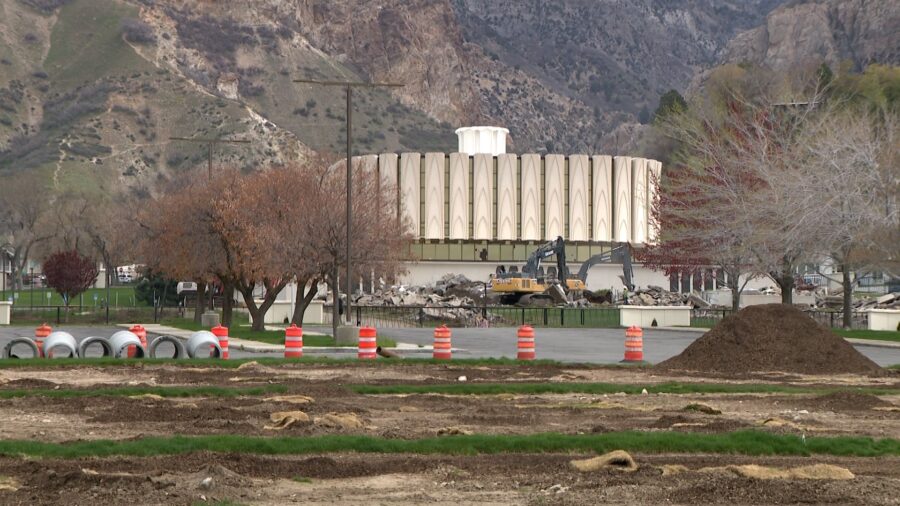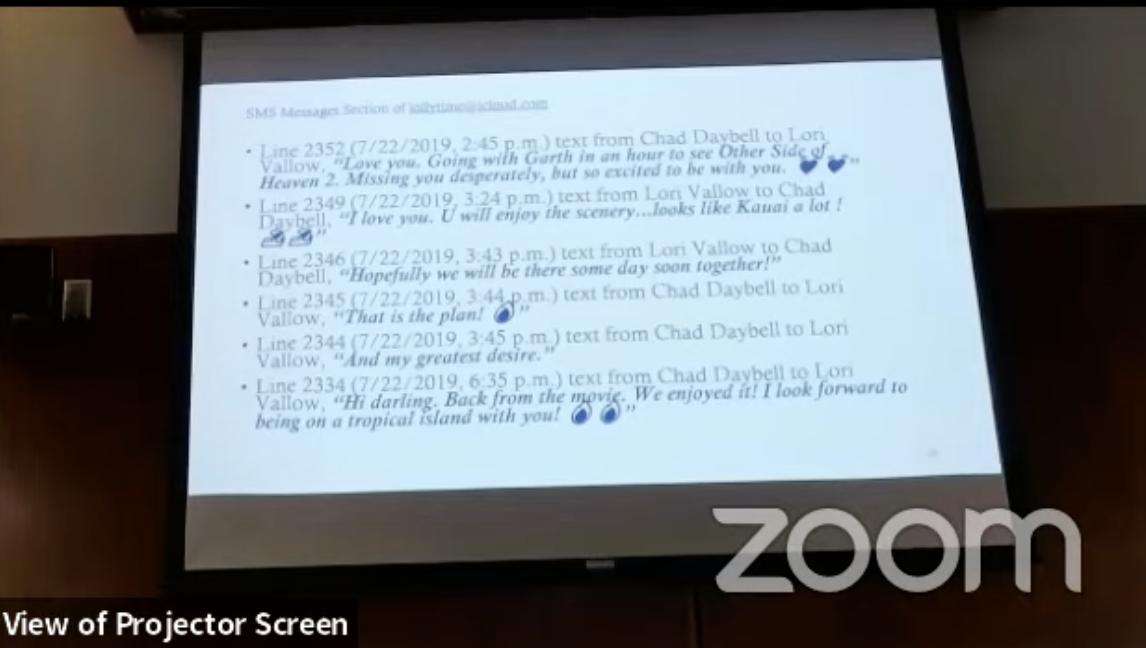New Technology Adding Speed, Accuracy To DNA Testing
Sep 18, 2019, 6:50 PM | Updated: Sep 19, 2019, 8:31 pm
TAYLORSVILLE, Utah – State officials are crediting advanced technology with helping them solve more crimes using DNA evidence in Utah.
A decade ago, officials at the state crime lab used DNA evidence to solve 200 cases each year statewide. Utah Department of Public Safety Crime Lab Director Jay Henry said they solve ten times that number due to advancements in technology.
Utah Department of Public Safety Crime Lab Director Jay Henry gave KSL a closer look at the lab Wednesday as part of National Forensic Science Week.
“The nature of policing is changing,” Henry said. The state lab moved into a new state-of-the-art facility in Taylorsville less than three years ago.
Henry said DNA evidence processed at the new lab helped crack several high-profile cases this summer.
“What’s more exciting too, for us, is just having the ability to tackle the urgent cases with a lot more speed,” Henry said.
“We can use robotics, and we can use digital technology, and things like that to help us do things faster,” said Heather Mills, a forensic scientist manager at the crime lab.
In the old lab, each DNA sample had to be processed by hand.
“Now, we can process a lot of samples using a robot with the same quality, and it allows us to push those samples to the lab much quicker,” Mills said.
Robotic testing of DNA samples not only improved speed but also made the process more efficient and accurate. Humans take about three hours to test 16 samples. A robot can test 96 samples in three hours, and eliminate human error.
Urgent homicides and burglaries are prioritized and typically process in 30 days. With the most urgent cases?
“We’re able to provide DNA testing results as quickly as eight hours for a case if we need to,” Henry said. “That’s our ultimate goal: get information that investigators can use for facts and help them resolve the case.”
Today, they have more people doing the work and more space for their forensic tools.
Officials also recently resumed DNA testing at the state crime lab on property crimes after a three-year layoff while they caught up on sexual assault kit testing.
“Research has shown that when we test DNA from burglary scenes and enter those profiles into the CODIS (Combined DNA Index) database that we get twice as many suspects identified and cases resolved, and twice as many prosecutions,” Henry said.
Twenty cases have been submitted from various Utah agencies since July, Henry added.
“We’ve developed DNA profiles from those cases entered them into the CODIS database, and we’ve got hits,” he said.
While officials cannot talk about specific cases, Henry said he is optimistic about the case results from the property crimes DNA testing.












